With numerous high-quality coffee beans worldwide, each region has its distinctive coffee cultivar depending on its conditions – environmentally, such as soil and humidity, and even culturally depending on the people's customs.
This blog will highlight the coffee cultivar of the three biggest coffee producers: Brazil, Vietnam, and Colombia. Even though three of them are all tropical countries, they indeed have different ways of coffee cultivars due to their locations and environmental conditions – on different sides of the globe!
Curious to learn more? Let's start with Brazil!
Brazil
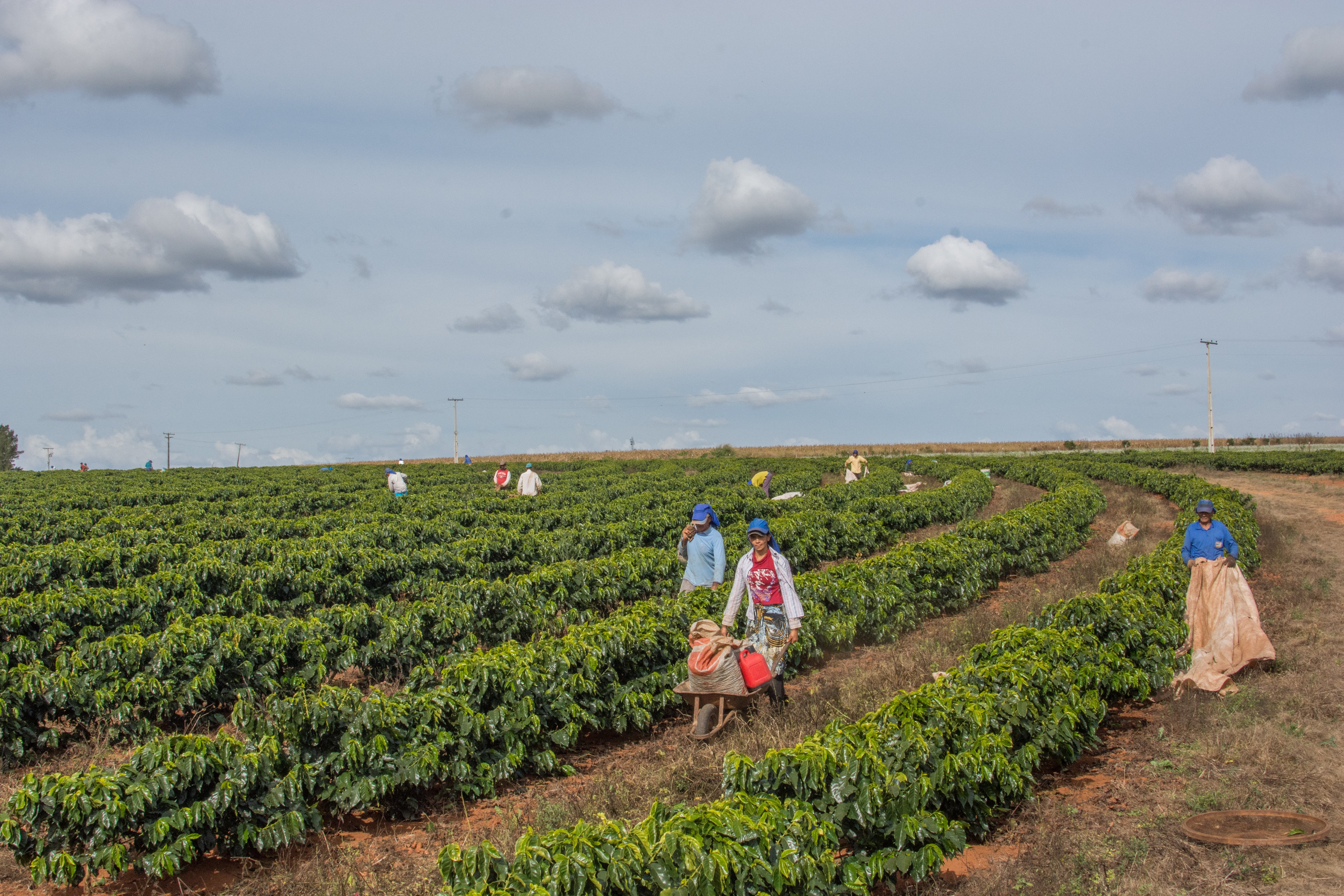
Brazil is the largest coffee producer globally, making one-third of the total coffee production of all countries. With 27,000 km2 or 10,000 sq mi size of coffee plantations, the three main areas for coffee cultivars are Minas Gerais (1.22 million hectares), São Paulo (216,000 hectares), and Paraná (49,000 hectares). Those three areas are located in the south-eastern states, considering their ideal environment and climate conditions.
The country is prominent for its green beans, arabica coffee, and instant coffee. In 2011 alone, Brazil produced 2.7 million tonnes of coffee – more than twice the amount of Vietnam, the second-largest coffee producer globally. Harvest season falls from June to September during the dry season when most cherries are ripe. According to coffeeresearch.org, the flowering and maturation are homogenous thanks to Brazil's distinct dry and wet seasons. The harvest technique is usually done with strip picking and mechanically.
Unlike most countries that use wet processes, Brazil mainly uses dry techniques or unwashed/natural coffee processes since their weather is perfect for the method. The berries are usually sun-dried for 8 - 10 days or even four weeks during unsuitable conditions. Beans then are sorted and graded after the hulling process or the removal of the outer layer of the cherries. The Brazilian coffee will be heavy in body, sweet, smooth, and complex since it's dried in contact with sweet mucilage. Fermentation is also possible in this coffee process, but Brazil has prevented it by developing advanced drying systems and practices.
Vietnam

Vietnam is notable for its Robusta production – 95% of the coffee grown there is Robusta, with a total output of 30 million bags. According to Sucafina Specialty, Vietnam has the highest yields of 2.8 tons of coffee per hectare – a whole ton higher than Brazil. Private plantations run 95% of coffee plantations in Vietnam, while the remaining 5% are state-run, and it is gradually decreasing due to the distribution to small farmers.
Vietnamese coffee is usually made with wet processes since they only target the volume. The farmers didn't focus on natural, honey, or experimental techniques, and post-harvest quality wasn't an anchor. However, this has rapidly changed as they realized that the quality of the coffee is essential. As written in Perfect Daily Grind, farmers usually do two kinds of intercropping: firstly, a synchronized farming system where coffee trees and other crops intercrop each other on the same plot. The second is a segregated farming system where they plant different crops in separated plots of land.
Vietnam's focus on technology has made the country produce coffee consistently compared with other competitors and cut costs for farmers. Automotive and mechanical harvesters are standard to reduce the labor work of strip picking. They also focus on less damaging the trees, even using hand-made equipment.
Colombia
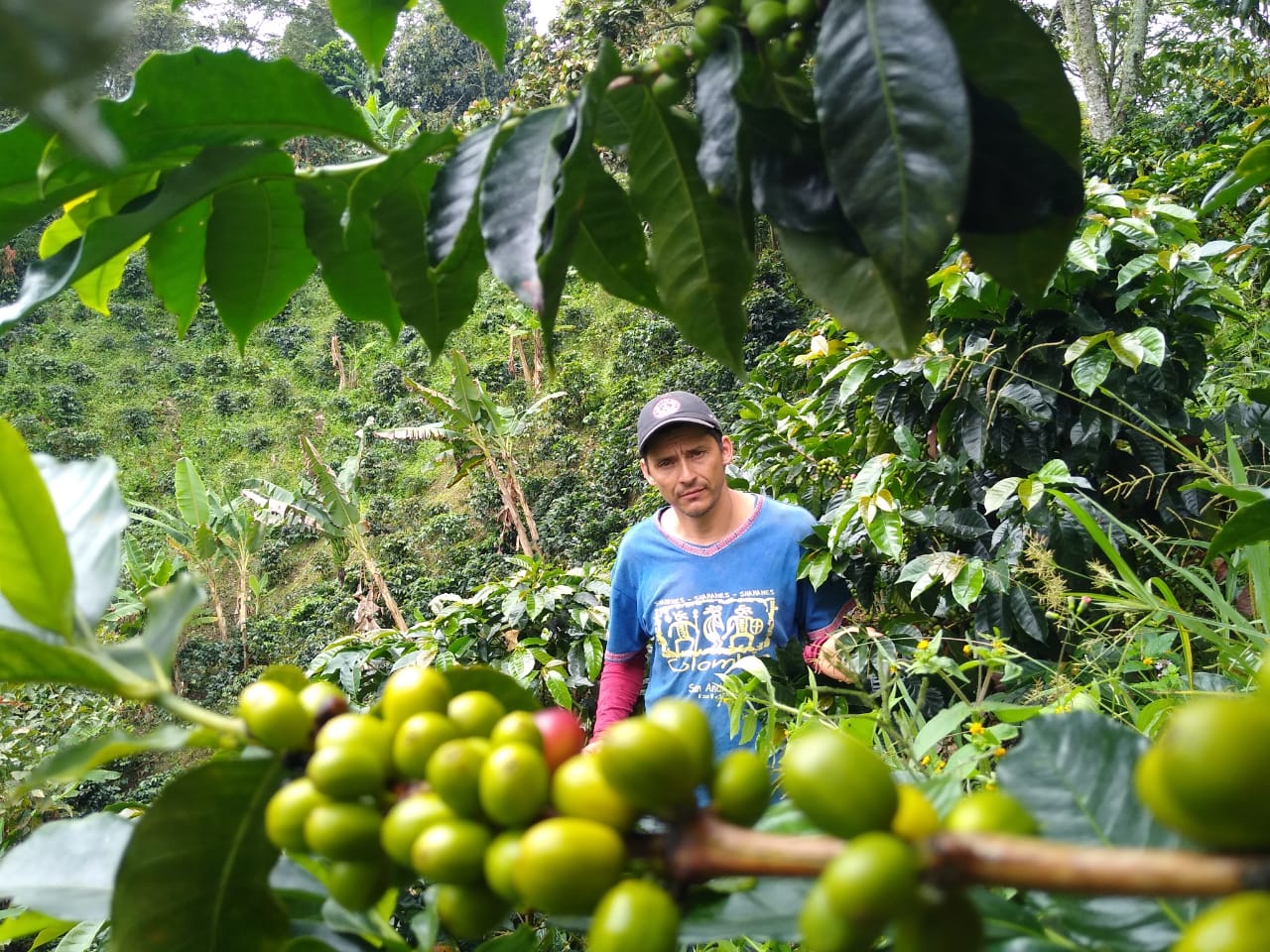
Known for its mild and well-balanced coffee beans, Colombia is the third-largest coffee producer globally – though it's the first if we talk about Arabica producers. They produce around 11.5 million bags annually, primarily grown in the Colombian coffee growing axis regions or the coffee triangle Caldas, Quindío, and Risaralda. The total area is 13,873 km2 (5356 mi2), or about 1.2% of the Colombian territory. In total, coffee plantations in Colombia are around 875,000 hectares in size across 590 districts and 14 coffee-growing regions. The country export 75% of its productions to the United States, Germany, France, Japan, and Italy.
Colombian farmers usually harvest coffee in March-June and September-December, but you can still find it year-round, depending on the region and microclimate. The coffee used to be processed using the thoroughly washed method. However, the system has changed, and the dry pulping method is the primary process now to preserve the ecosystem and generate a more consistent cup quality. Less water usage also reduces water contamination by 90% and water consumption by 95%. As stated by Coffee Hunter, during the drying process, smallholder farmers spread the parchment across the flat roofs of their houses to dry in the sun. On farms with high altitudes and cold weather, they use polytunnels and parabolic beds. Farmers build curved beds like 'hoop houses' greenhouses that make the airflow through openings in both ends and protect the parchment from rain and mist.
With diverse methods of coffee cultivars across the globe, each region indeed provides distinctive coffee that will amaze all coffee lovers! Any specific coffee you want to try?

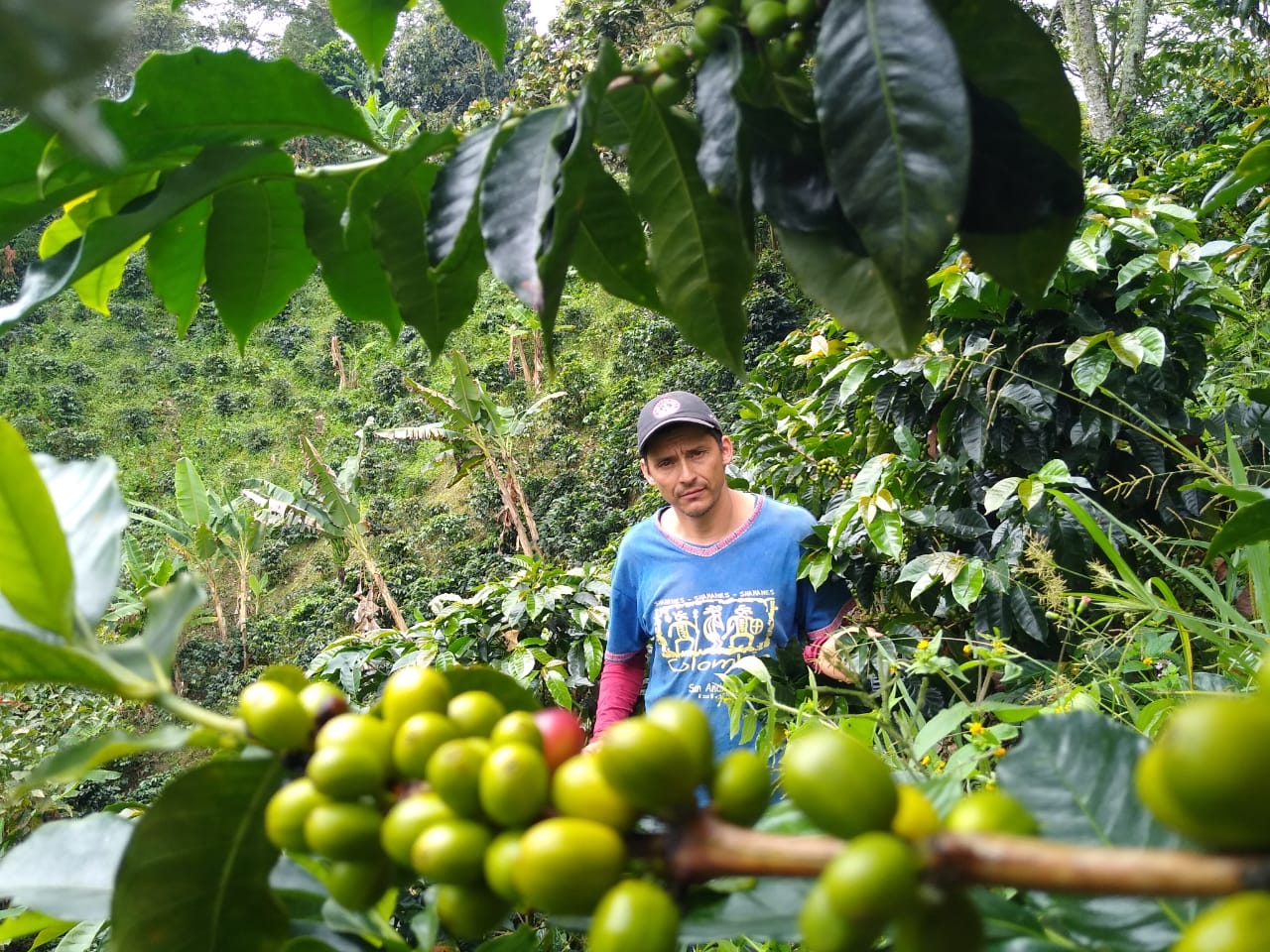



.png)

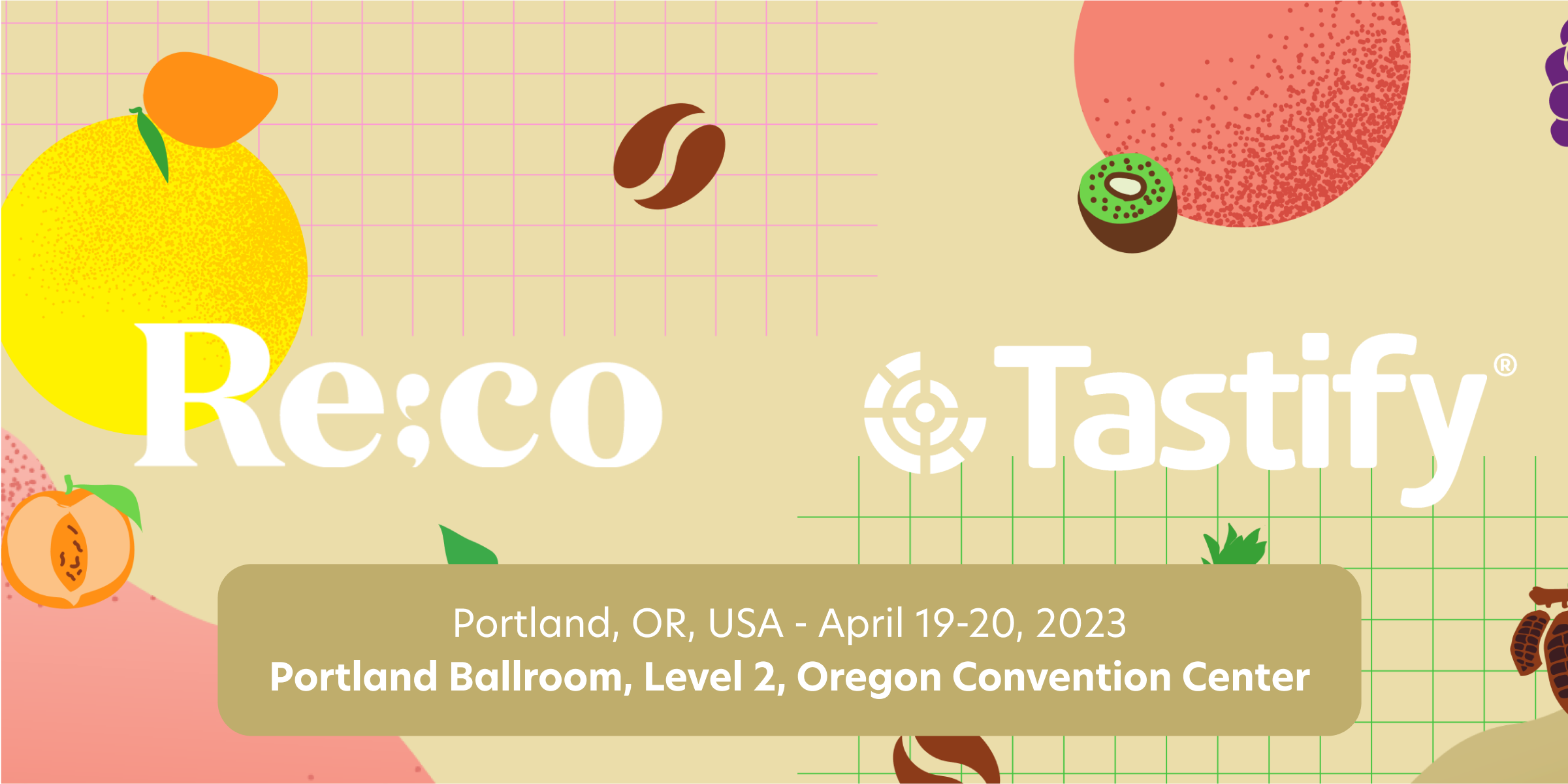

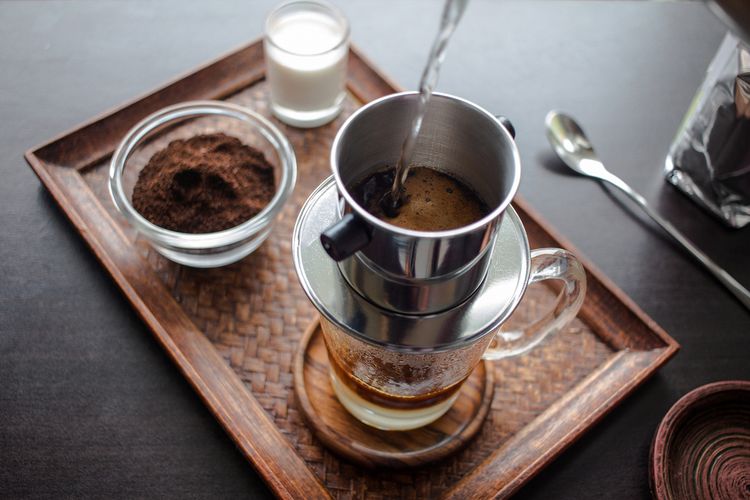

Comments